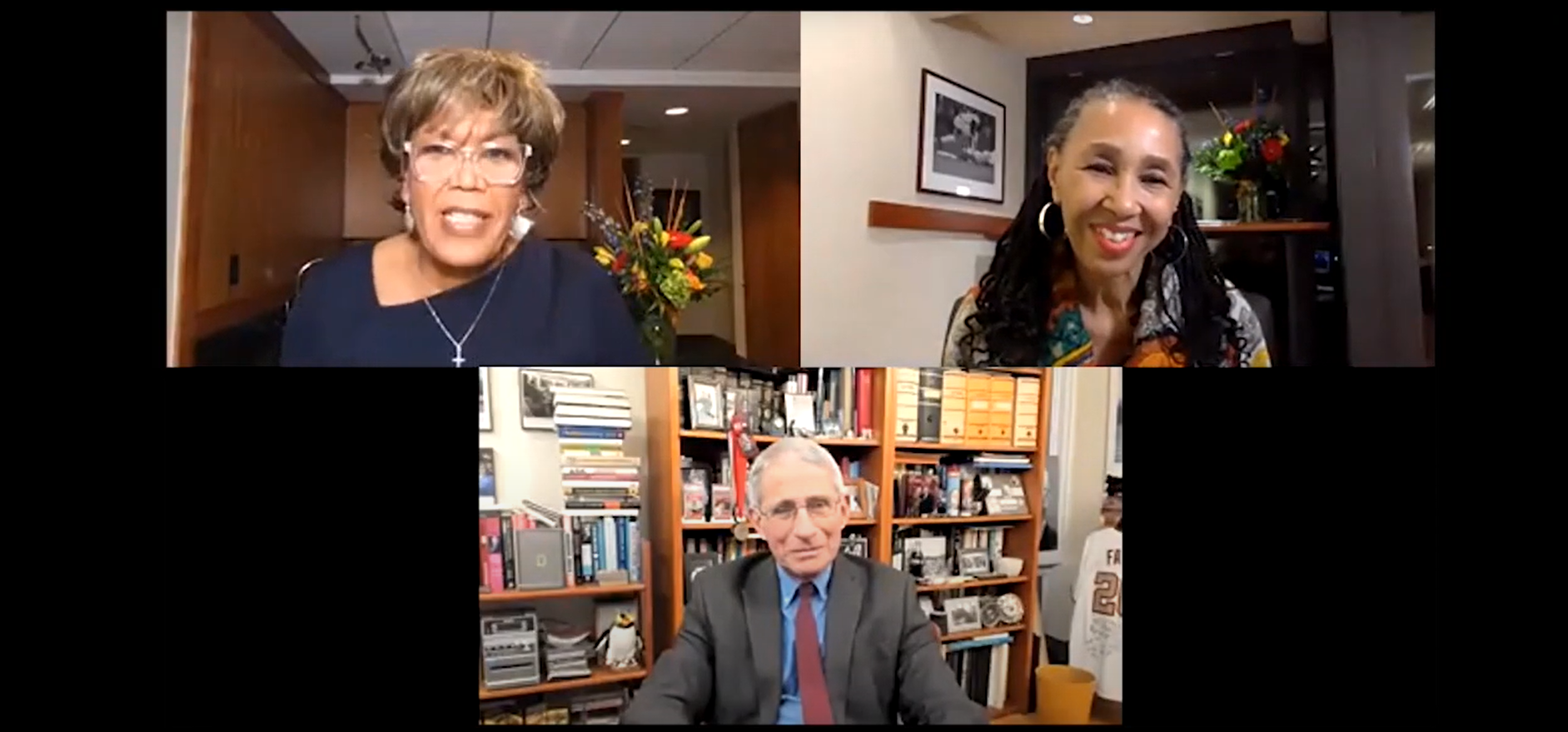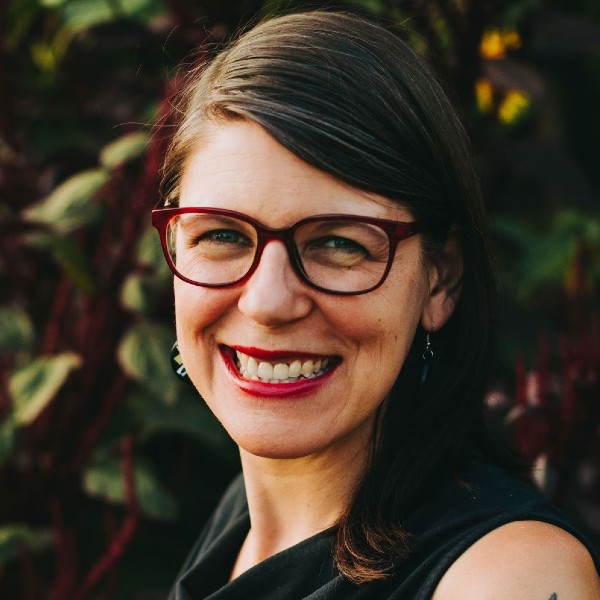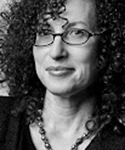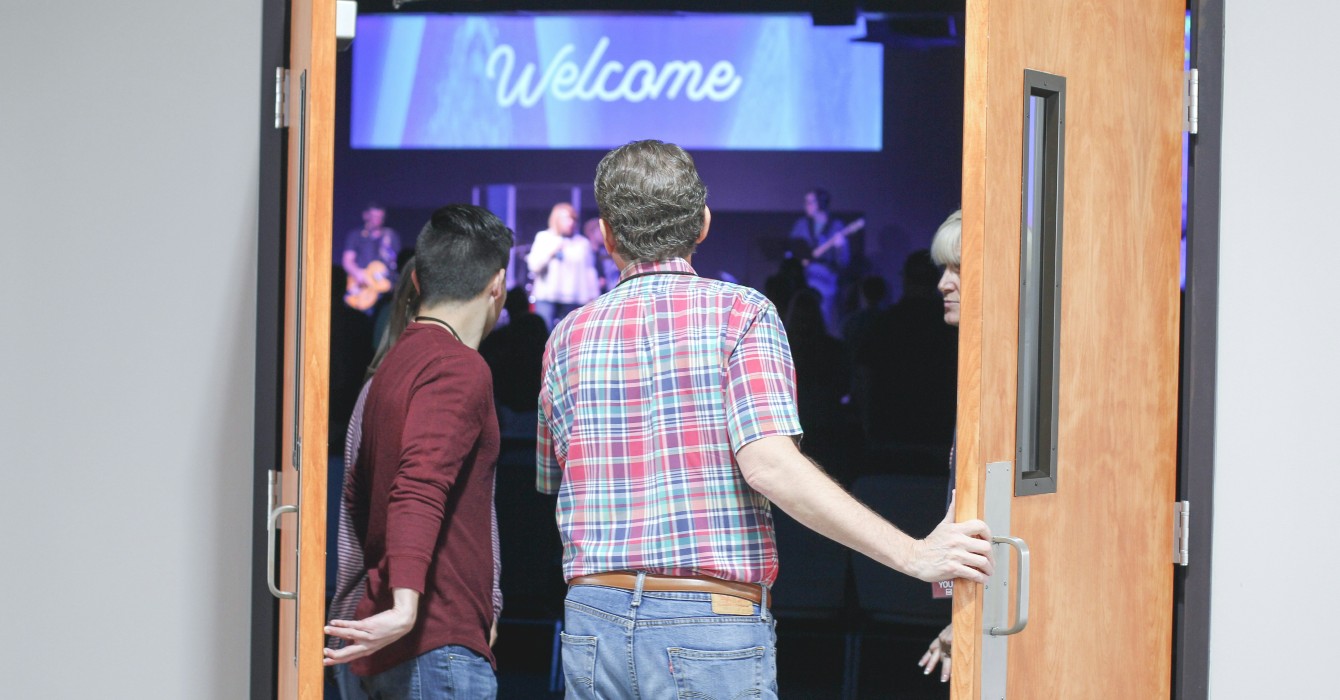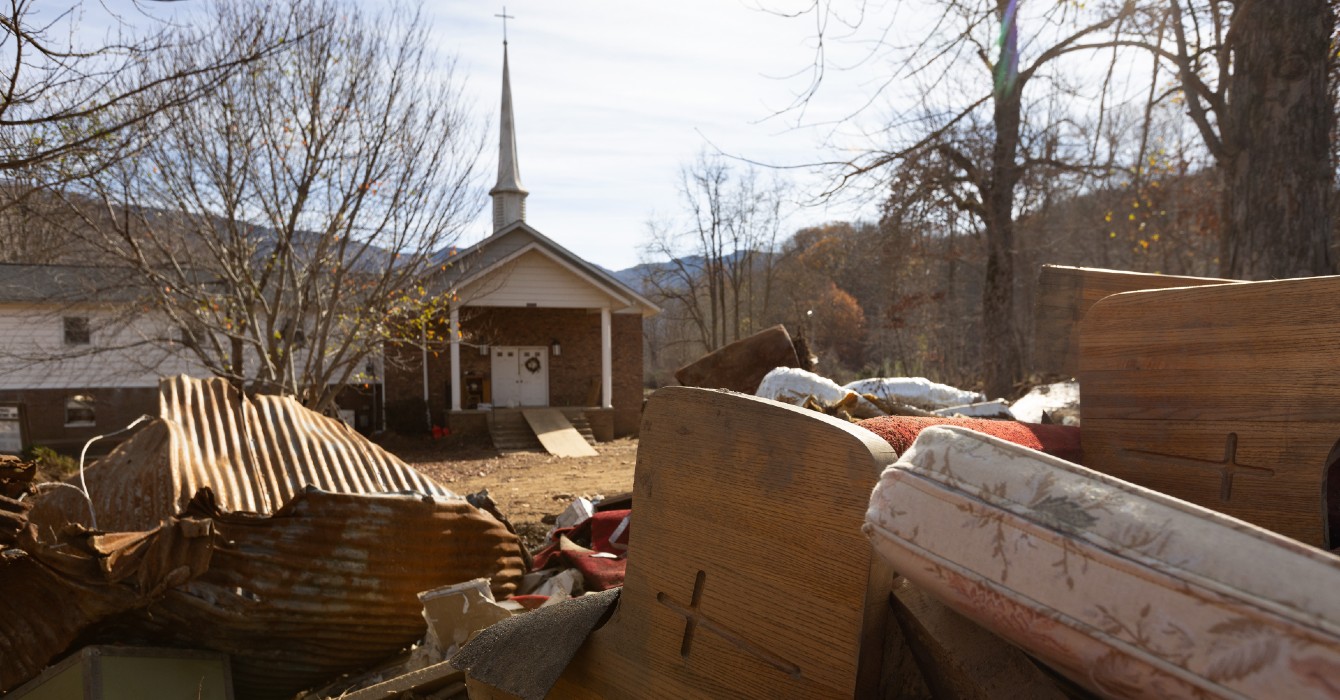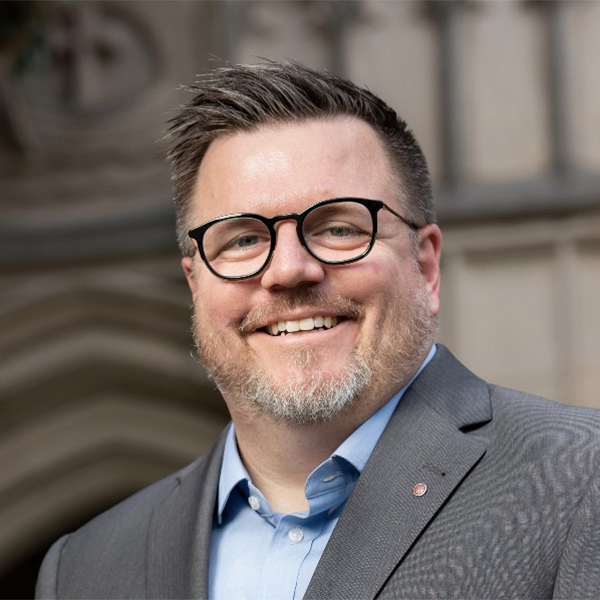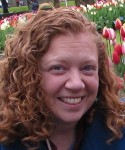We are a troubled nation, in conflict over identity and direction, marked by rising tension and widening distrust of neighbors and institutions.
That trouble is much more than an abstraction. It seeps beyond our structures into our everyday lives. Still reeling from the shock and isolation of the deadly coronavirus pandemic, many of us feel disconnected from our communities, families and the country as a whole. We find refuge in an us-against-them mindset, which oversimplifies and distorts our perceptions of others.
Research tells us that a surprisingly large number of Americans, regardless of age, feel isolated and lonely. And according to an August 2024 survey by the American Psychological Association, 77% of adults reported the future of this nation as a significant source of stress in their lives.
It can feel as if nothing is as we once thought it would be. We have lost much — security, certainty and hope. What seems to be a daily barrage of televised and uploaded extreme events are affecting us all emotionally, whether we admit or even realize it, changing how we see the world and ourselves. We are anxious, depressed, overwhelmed and fearful.
Clinically, these symptoms might be diagnosed as collective trauma, a term coined by sociologist Kai Erikson to describe and document the aftermath of a devastating 1972 flood in Buffalo Creek, West Virginia. He concluded that fearful individual responses of residents exposed to extreme experiences can deal “a blow to the basic tissue of social life that damages the bonds attaching people together and impairs the prevailing sense of communality.”
I think a spiritual diagnosis is more succinct: the epidemic shock, stress and grief that leave us distrusting so much in this country reflect the growing burdens of a collective broken heart.
Is healing possible? Can common hope be restored?
In 2014, I recognized the same kind of emotional epidemic in our community of Roxbury, Massachusetts, the result of a rash of gun violence that left scores of young Black men dead and hundreds, if not thousands, of their family members, friends and associates devastated and lost. One of those deaths was a young man who belonged to my church, Cory Johnson. Praying at a family memorial service honoring Cory’s life, I could feel the hurt, confusion and rage simmering beneath the surface.
I reached out to Cory’s family, who agreed to talk more about their unspeakable experience, and with the help of leaders from our church and the mental health community, we created Can We Talk…, regularly scheduled gatherings in the church basement where wounded neighbors could process pain in a safe environment by breaking bread and sharing stories of trauma, grief and hope.
Carving out public space and time for intentional reflection and togetherness shouldn’t be limited to any one religious tradition or ritual; it should be accessible to all. After 11 years of hosting the Can We Talk… gatherings, our community has learned that this kind of public lamentation is a very tangible way to tend the emotional and spiritual wounds that we all carry.
People who participate say they feel released from the heaviness of their struggles. Their pain doesn’t disappear, but they say they can view it from a different perspective. They feel less alone.
All of our sites — in communities like Boston; Gary, Indiana; Chattanooga, Tennessee; and Sarasota, Florida — are sustained by a small but committed group of people who believe in the power of fellowship.
We tend to think of “fellowship” as a church word restricted to worship or special convenings. In fact, it is more about genuine, thoughtful and loving connection anywhere. Theologian Howard Thurman saw it as an antidote to hatred. He maintained that hatred, a root of injustice, is fed by a superficial connection.
“In the first place, hatred often begins in a situation in which there is contact without fellowship, contact that is devoid of any of the primary overtures of warmth and fellow-feeling and genuineness.”
Until humanity is drawn more to authentic healing connections that originate in loving and open hearts, hatred and injustice will continue.
The exterior work of healing will only be as strong as the interior work that births and fuels it. We can’t heal as a community if we do not concern ourselves with healing our inner lives. The storytelling, listening, movement and music that are all part of a Can We Talk… gathering cultivate the gentle work of interior healing.
Replicated in 20 sites around the country, and still growing, Can We Talk… offers an opportunity to do church in a new way, bonding around the commonality of pain and experiencing the mutuality of mercy. Without preaching or judgment, the community reflects on the simple yet profound notions that we are all wounded and that the wounded heal best together.
The people who come to our gatherings may not lead marches or protest efforts. They may not write editorials. But they are part of a movement of truth seekers unashamed to process their own pain. They show us that genuine healing can be reached collectively.
As more of us create safe spaces where we can learn to speak authentically and listen closely, we will begin to understand the power of emotional reciprocity, in which individuals feel heard, understood and supported — one person, one community at a time.
...the epidemic shock, stress and grief that leave us distrusting so much in this country reflect the growing burdens of a collective broken heart.



